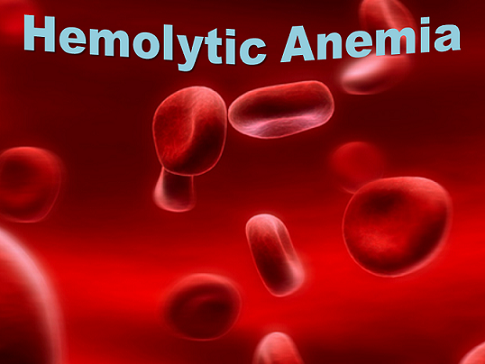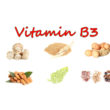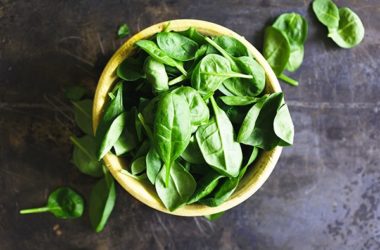Anemia is a condition characterized by insufficient red blood cells in the blood. There are different types of anemia, and one of them is the hemolytic kind. This happens when the red blood cells are destroyed ahead of their natural lifespan. When mature red blood cells are dying and the bone marrow cannot replace them right away, the blood becomes incapable of properly transporting oxygen from the lungs to your various cells.
There are many different factors that bring about hemolytic anemia. Sometimes the condition runs in the family, which means that it can be passed by a parent to the child. There are cases of the blood disease wherein infections, autoimmune disorders, tumors and even reactions to medicines are the culprit behind.
Hemolytic anemia is something that can affect anyone at any age. For instance, a newborn may have the condition when the mother and baby have blood types that are incompatible with each other. This kind of hemolytic anemia is also referred to as erythoblastosis fetalis. Usually, this blood-related disease happens during a woman’s second pregnancy. It has something to do with how her immune system works.
In children, hemolytic anemia is usually caused by an illness that is viral in nature. It may also be due to cancer, the intake of certain medications and autoimmune diseases. It may be brought about, too, by something rare that’s known as Evans syndrome. The causes of hemolytic anemia in children are also the usual causes of the condition in adults.
Signs and Symptoms
Because hemolytic anemia can be due to a variety of causes, the signs and symptoms tend to vary depending on the causative factor as well as how the individual responds to the blood condition.
However, there are many signs and symptoms that are similar to those of other forms of anemia. Since there are not enough red blood cells present in the bloodstream, the individual with hemolytic anemia tends to have pale skin. He or she may have shortness of breath and fatigue too. Fever, dizziness, lightheadedness and confusion are other symptoms.
There are some uncommon signs and symptoms associated with hemolytic anemia. They include increased heart rate, heart murmur, enlarged liver and spleen, dark urine, and jaundice which is the yellowing of the skin and the whites of the eyes.
Medical Treatments
The best treatment for hemolytic anemia will depend on the condition’s severity. Similarly, a doctor will also base the treatment on patient’s age, current health status and tolerance to medications that need to be administered.
Blood transfusion is commonly used to treat severe cases of hemolytic anemia wherein the life of the patient is at risk. This form of treatment involves the introduction of blood into the blood vessels by means of an intravenous or IV line. There are also medications for an individual whose hemolytic anemia is the autoimmune kind.
In some cases, surgery may be warranted in order to have the spleen removed, especially if it’s diseased and filters out more red blood cells than necessary. Another form of surgery involves the transplantation of blood and bone marrow stem cells in order to replace damaged ones that contribute to hemolytic anemia.
Natural Remedies Available
There are a handful of home remedies that are said to be very effective for those who are suffering from hemolytic anemia. Some of them are briefly discussed below. Prior to following any of them, it’s a good idea for the patient to let his or her doctor know about it.
• Consume iron-rich foods. Some excellent sources of iron include beef, chicken liver, mussels, oysters, salmon, tuna, eggs, green leafy vegetables, nuts and seeds.
• Sesame seeds with honey. Soak a teaspoon of sesame seeds in water for a couple of hours. Grind and mix with 2 teaspoons of honey. Take a teaspoon of the mixture twice a day.
• Ginger with dates. Chop up equal amounts of ginger and dates. Place them in a glass jar. Cover with honey and allow it to stand for a week. Take a tablespoon of the said mixture up to 2 times a day.
• Apple and beetroot juice. Slice up some apples and beetroot and extract their juice using your favorite juicer. Have a couple of glasses of the said juice per day.













